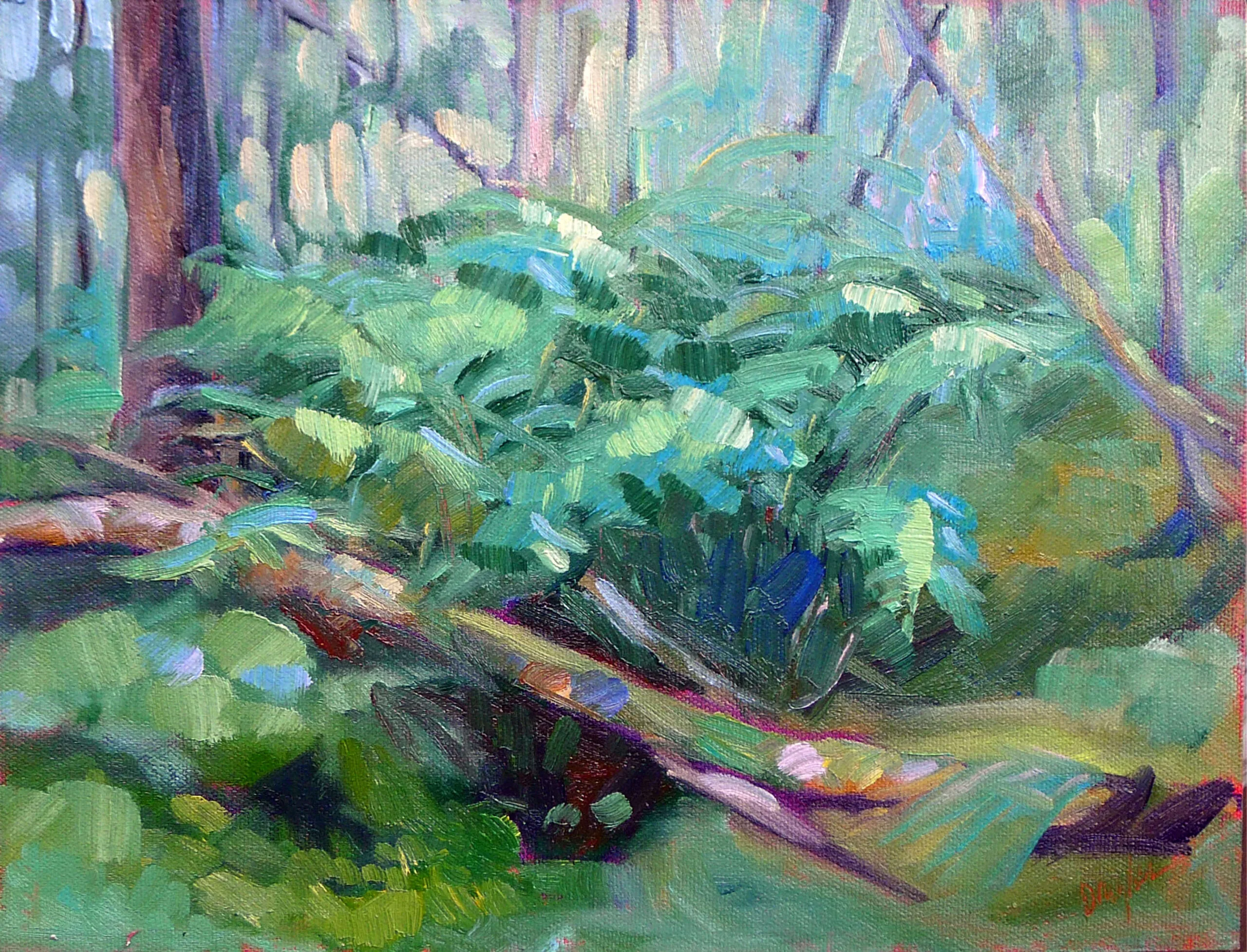
I have a friend with the unfathomable habit of rereading Marcel Proust’s À la recherche du temps perdu once or twice a year. (I tried it once and didn’t get halfway through.) Recently I asked him why he finds the novel so compelling. “Any mental activity is easy if it need not be subjected to reality,” he answered.
This week I had a surprise visit from a man who studied painting with me during his junior and senior years in high school. He was an extremely disciplined, hard worker and had scholarship offers from the nation’s top art schools. He graduated from Rhode Island School of Design and after that he just stopped painting. He’s taken occasional workshops with me but he doesn’t stick with it, despite my nagging.
There are many reasons people don’t pursue careers in art. They are worried about money (in particular, their student loans), competition, and the seemingly random way the market rewards artists. After all, for every thousand workaday artists like me, there’s a celebrity making bank off art.
Our society doesn’t respect art as a career, so many young artists are under social pressure to ‘get a real job’. Or, their guidance counselors push them into more stable career paths before they ever leave high school.
These are not foolish considerations. Anyone considering an art career ought to, at the minimum, take some business classes along the way.
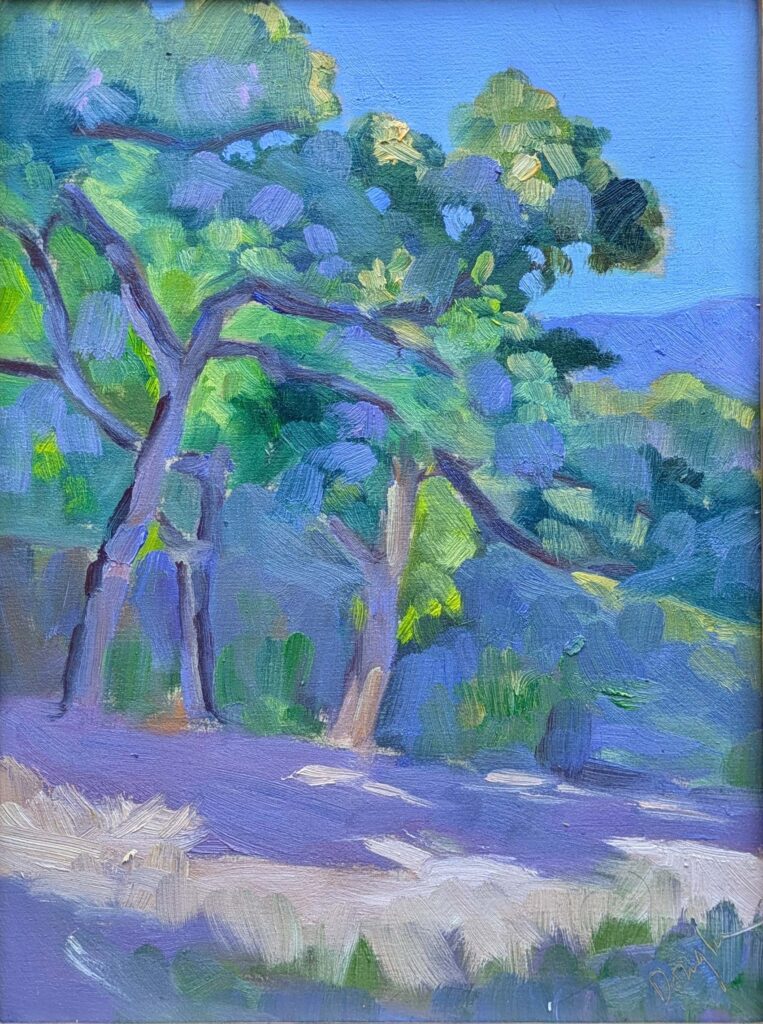
Challenge yourself
The deepest problem of all lies in the perfection of our fantasy life. As long as I never pick up a brush, I’m a genius in my own mind. It’s that disconnect between our mental activity and reality that makes us so afraid to drill down.
Worrying about what others will think if you fail is one problem. Worrying about what you will think if you fail is even more crippling. We’re all under so much social pressure to succeed that failure seems like an unbearable outcome. What if I’m terrible… or even worse, mediocre?
That leads to setting extremely high standards for ourselves, where even our minor mistakes feel like failure. That would erode anyone’s confidence.
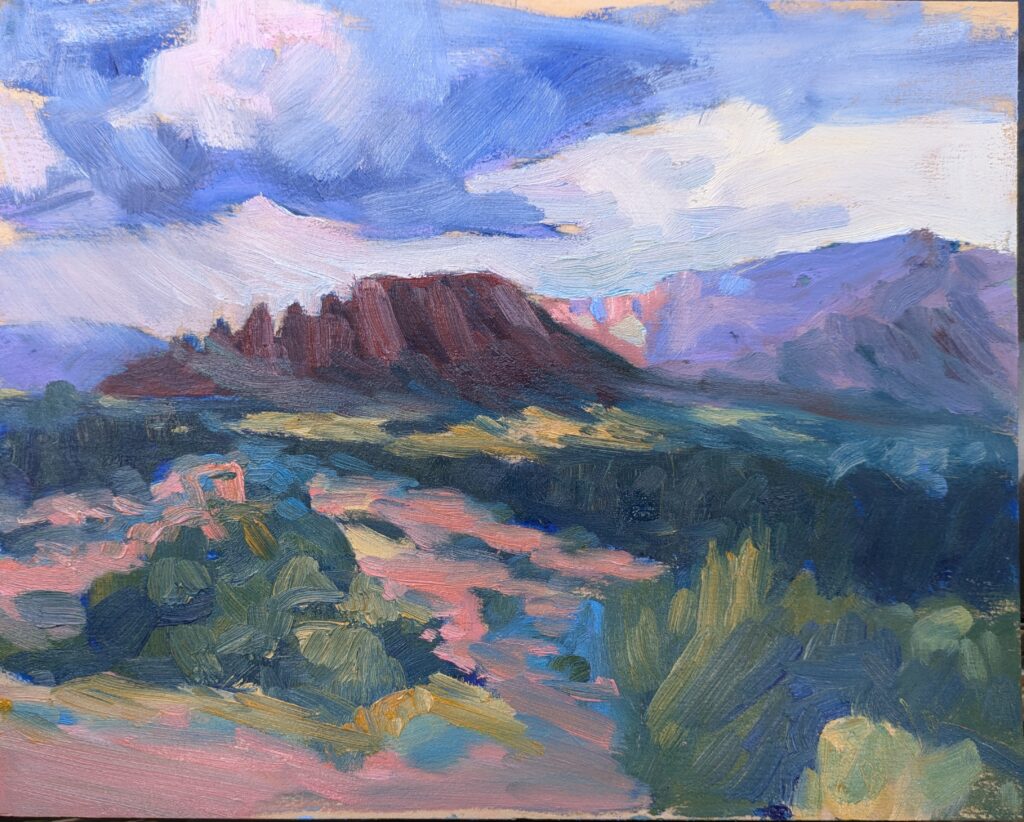
What can we do about it?
Another artist who started about the same time as my young friend had nothing special in his early work. He did, however, have determination. He’s not overtly competitive and he didn’t get wrapped up in the end result. Instead, he kept quietly plugging away at the process. Today he’s painting beautifully and people are noticing. He’s an inspiration on the days when I just don’t feel like getting moving.
When we start pushing paint around, we all discover how flawed we really are. If you need reassurance on this point, look at Vincent van Gogh’s early work. There’s very little indication of the master he would ultimately become.
Insecurity is, sadly, the artist’s closest companion. That’s ultimately good; it means we’re constantly striving to be better. Still, it can overwhelm us, so it’s important to identify and challenge our self-defeating thoughts before they take root.
Reserve your spot now for a workshop in 2025:
- Advanced Plein Air Painting, Rockport, ME, July 7-11, 2025.
- Sea and Sky at Acadia National Park, August 3-8, 2025.
- Find Your Authentic Voice in Plein Air, Berkshires, MA, August 11-15, 2025.
- Immersive In-Person Fall Workshop, Rockport, ME, October 6-10, 2025.
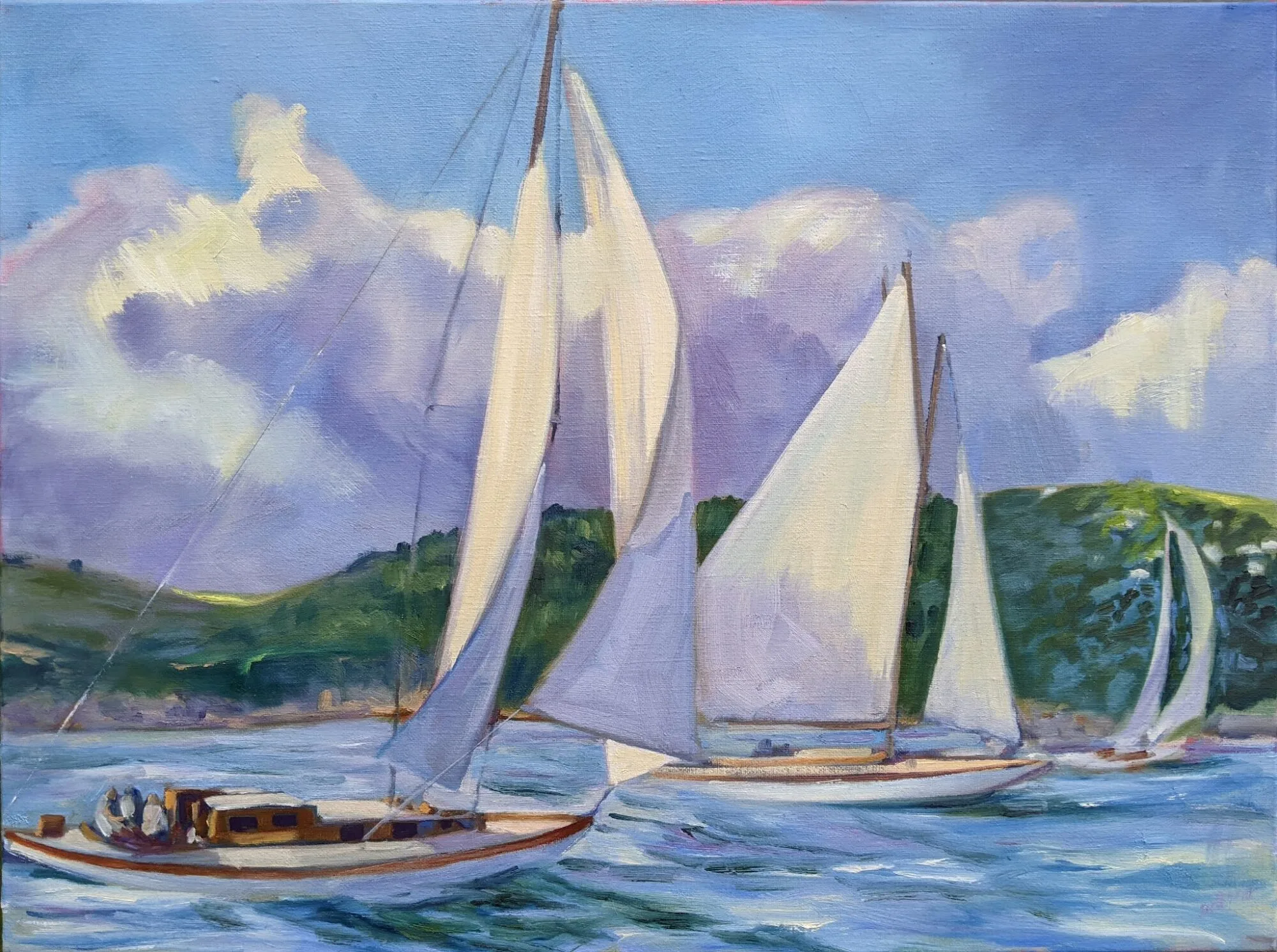
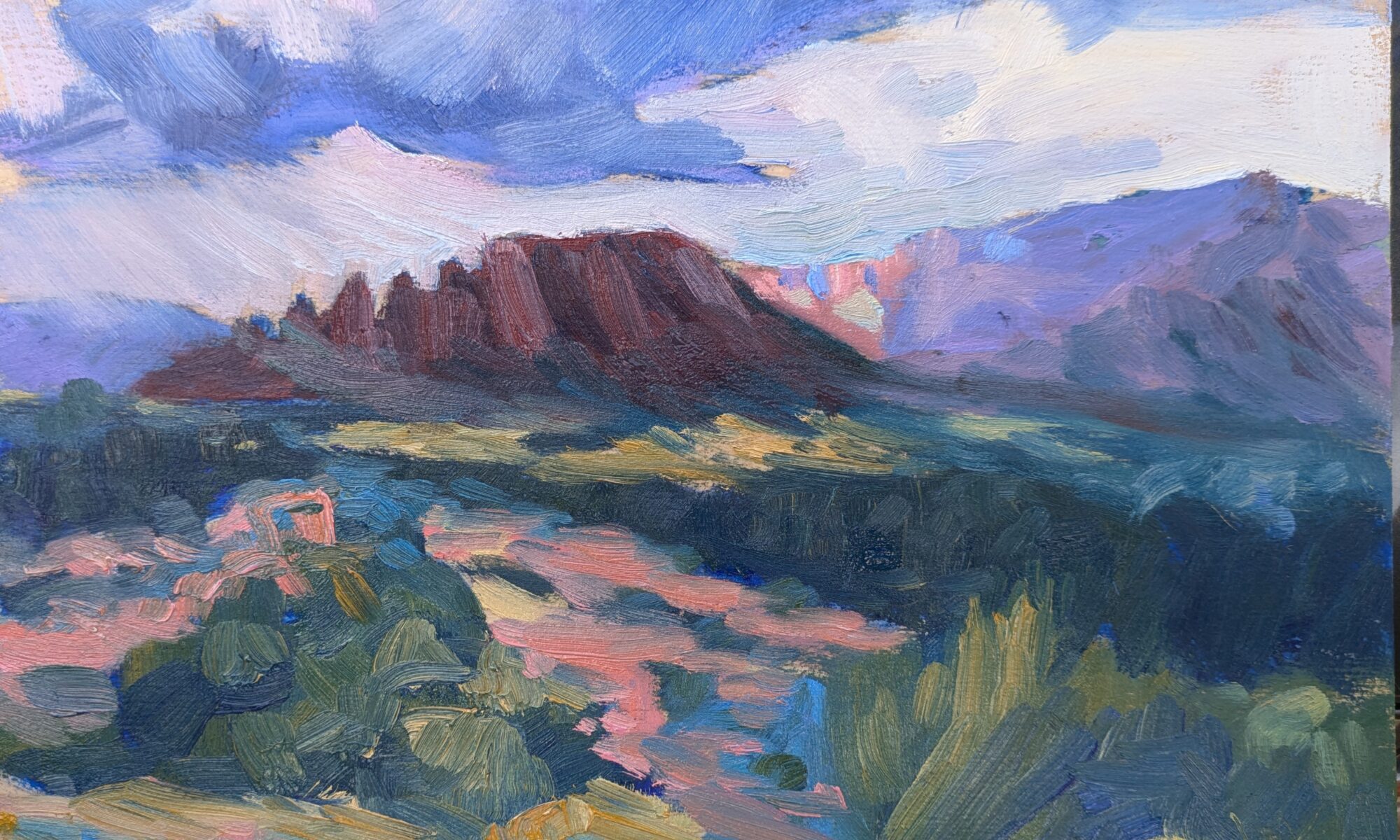
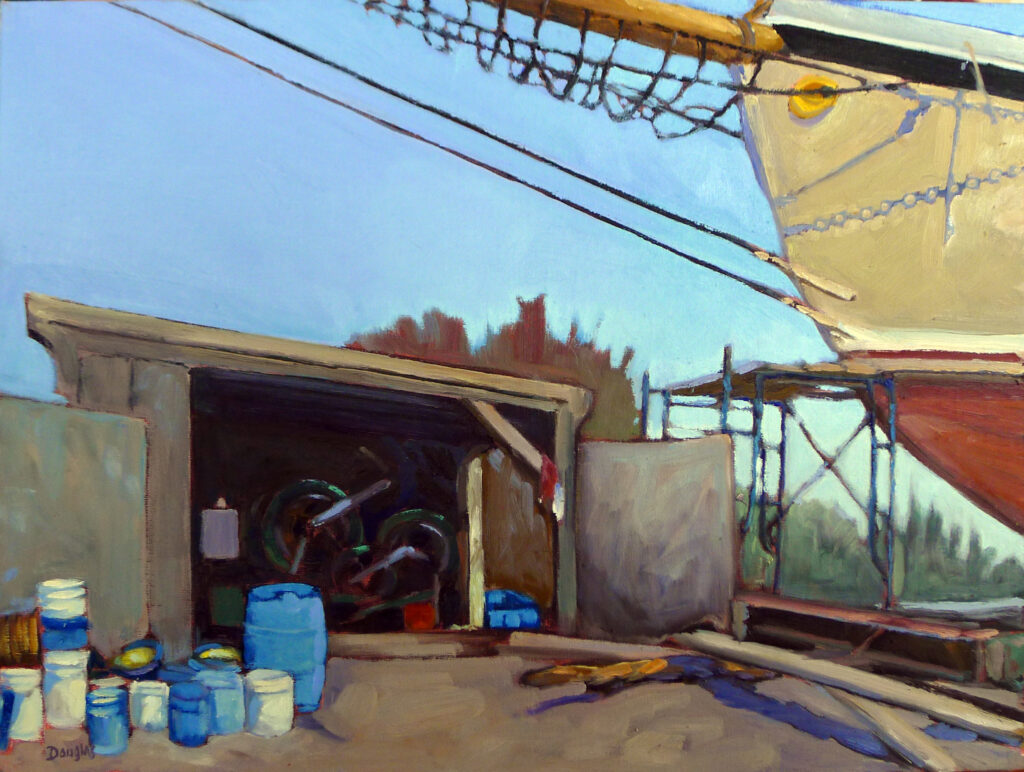
I appreciate this article. I think I enjoyed painting more before I knew more about it. Yet, I love the learning and trying. Such a bonus in retirement. I succeeded in failing by accepting that if I’m not disappointed at times, I’m not pushing myself. You are a brilliant pusher with our 20-stroke exercise. Fun to see the amazing results of 2 students in your article.
I love every one of these paintings…marvel at the color. The drydock is special as we were there in the Fall. Still need to circle back to my rusty anchor.
Thank you Carol. Thankful “watch-me-paint” somehow got my attention. Go Chiefs😂🏈
You’re very kind, but Go Bills!
The more I learn, the less I find I know.